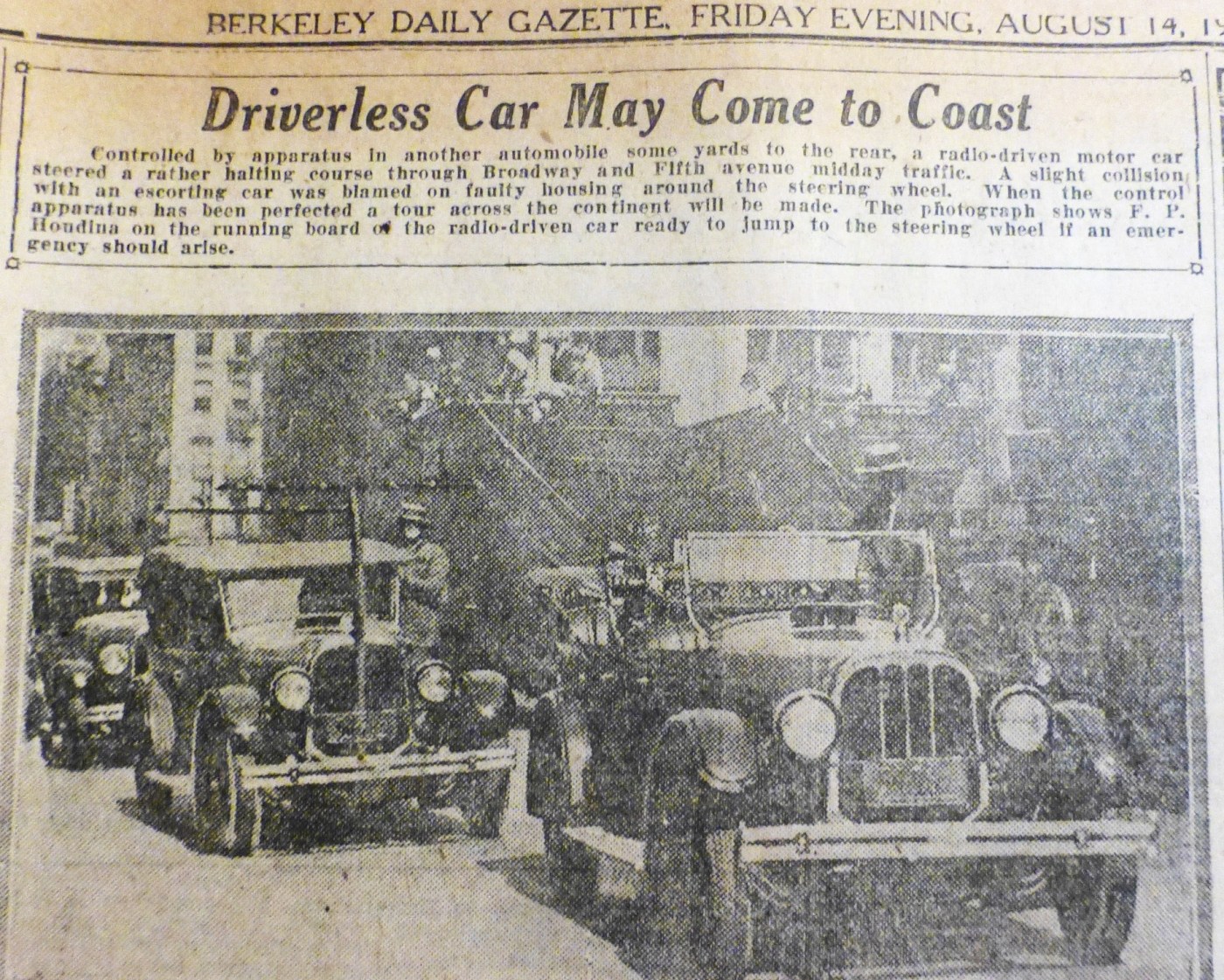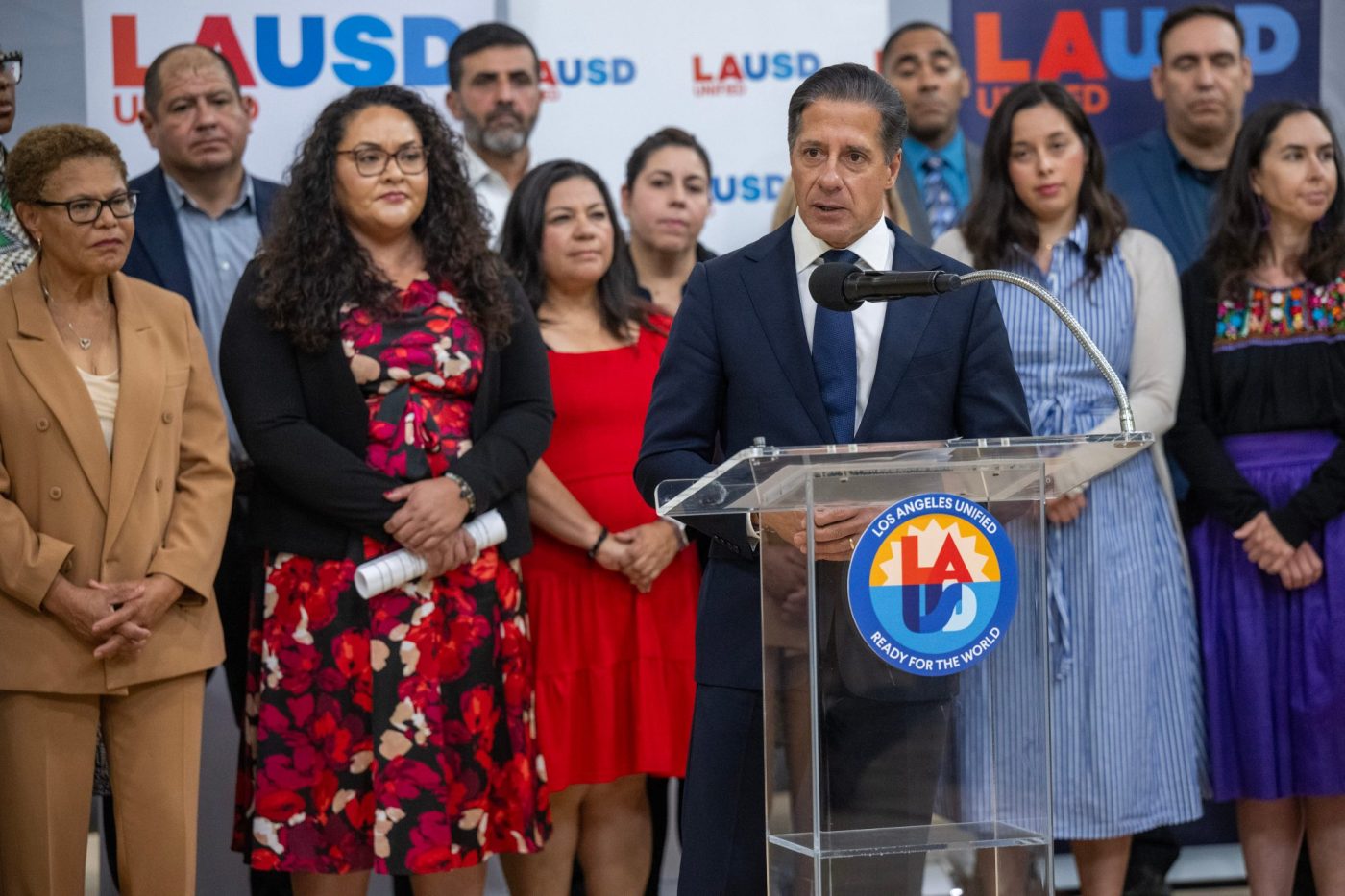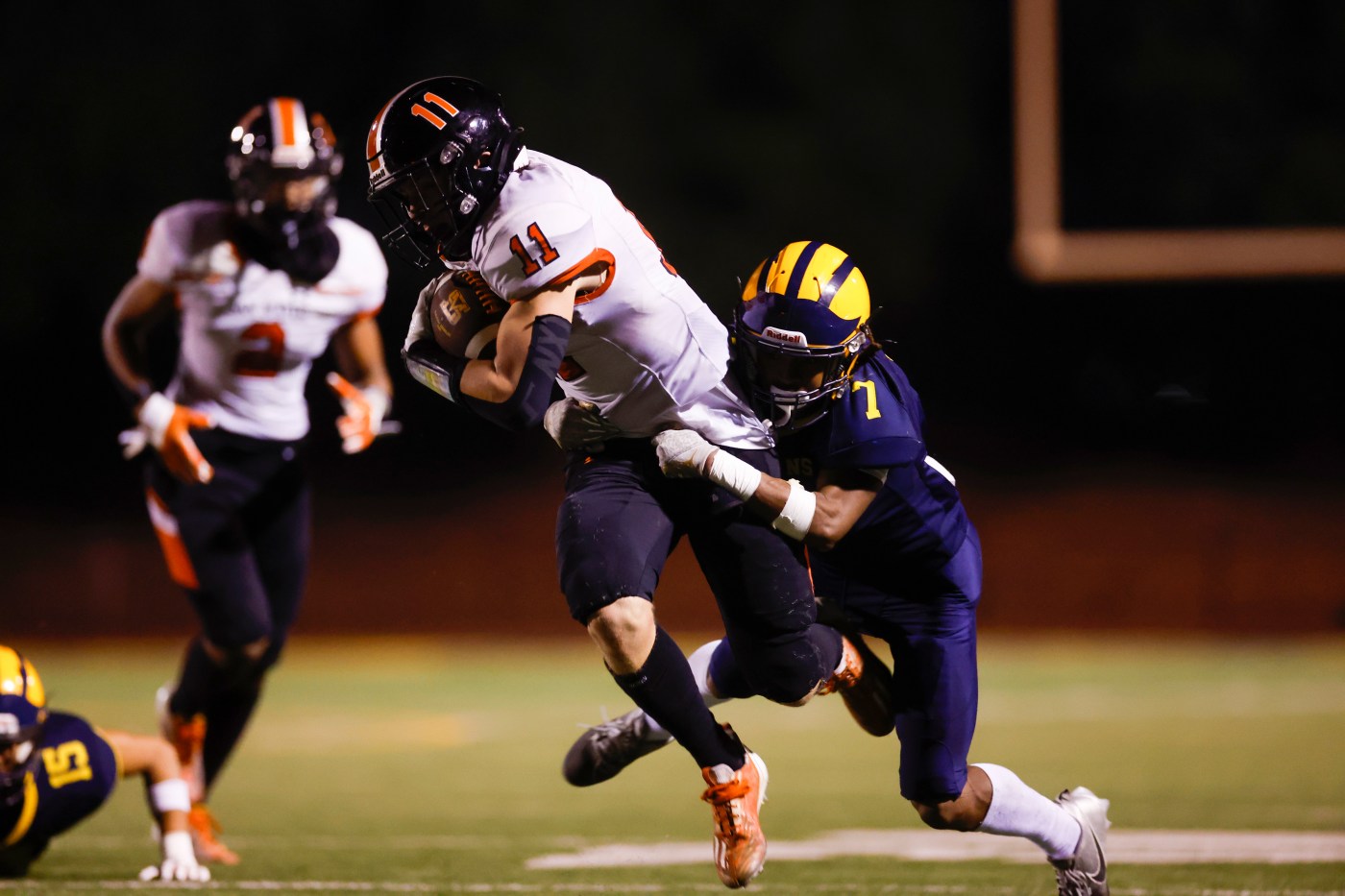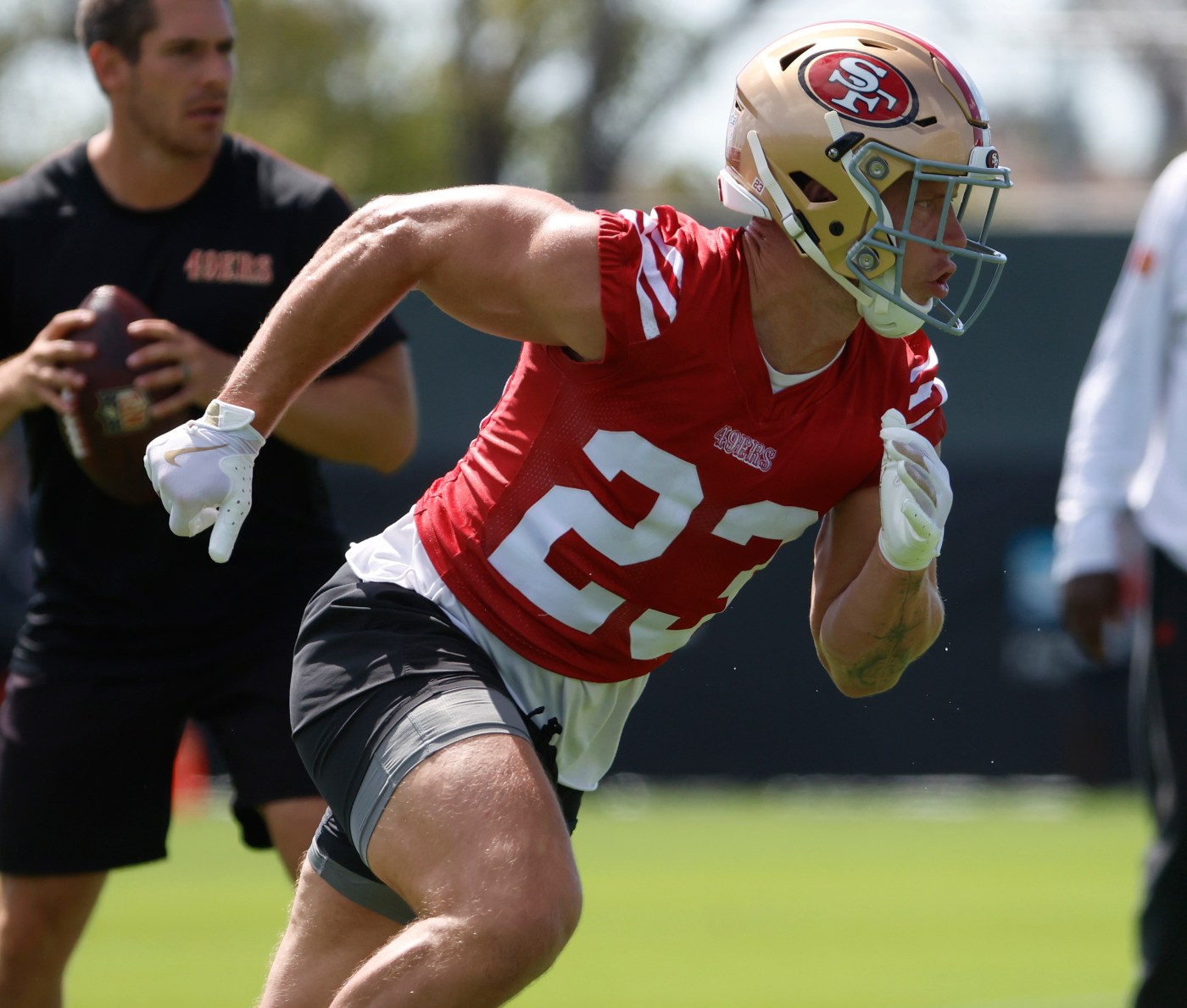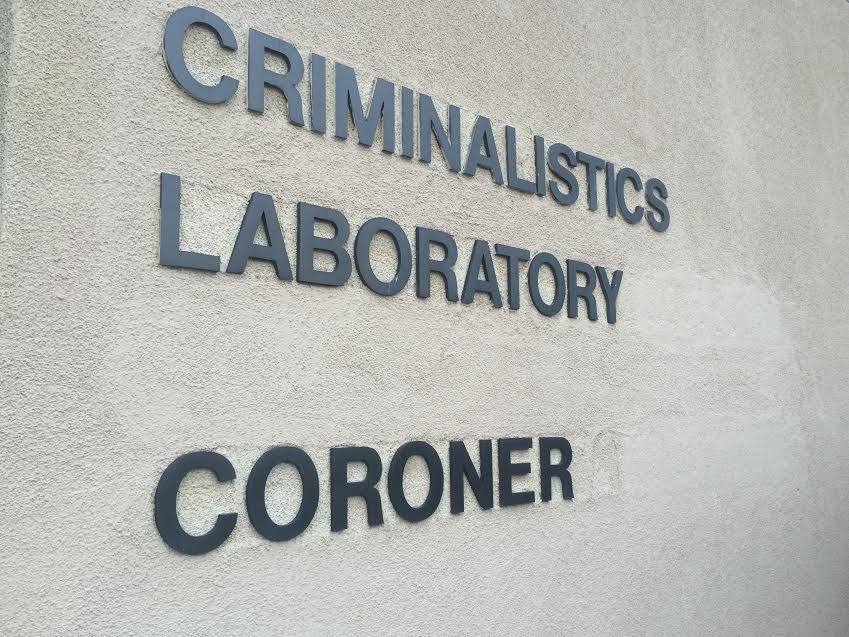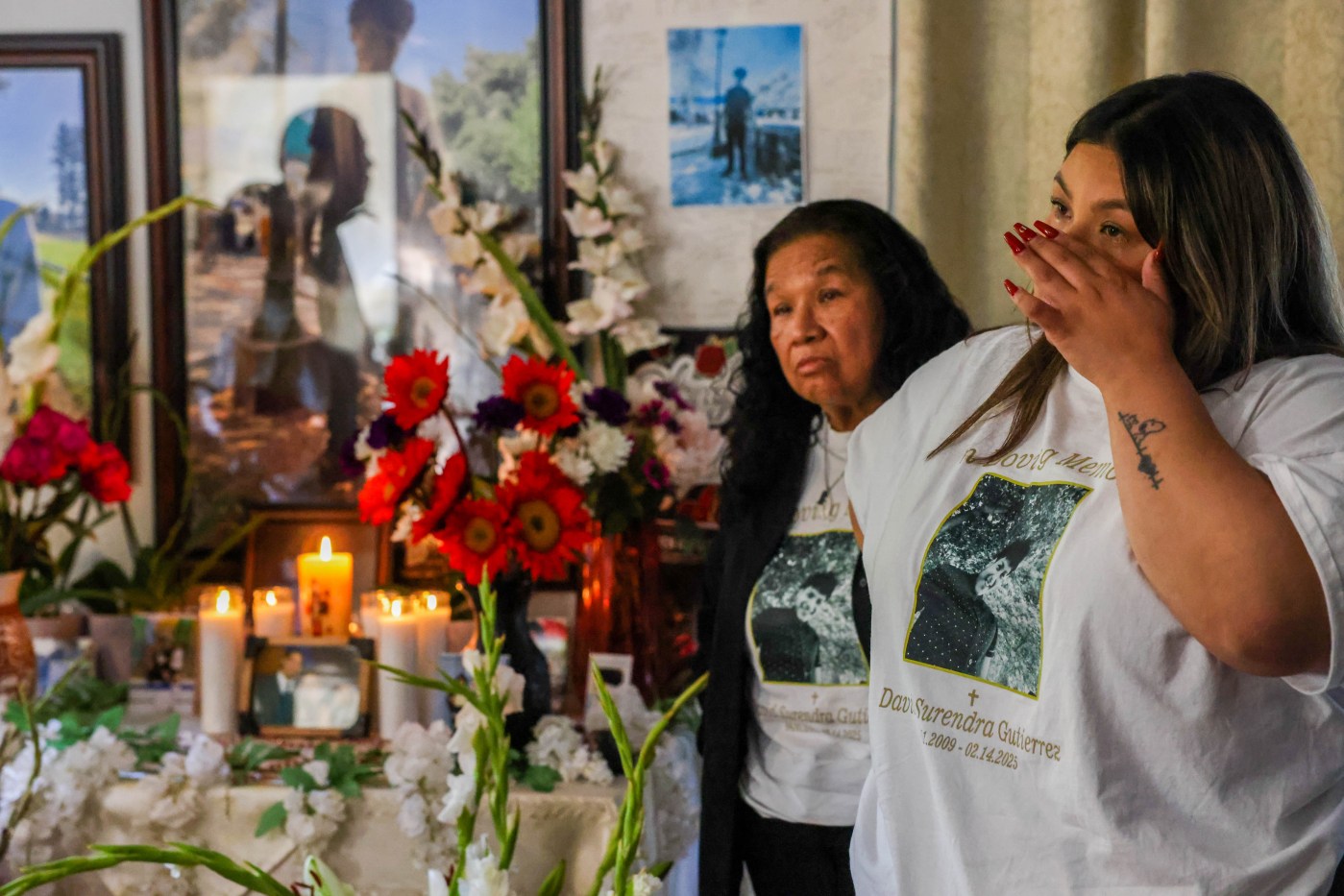As summer approached an end a century ago in mid-August 1925, schools were reopening across Berkeley. The city’s public schools saw 11,564 enrollments, up more than 200 from the previous year. Elementary schools showed a slight decline, while high school enrollment increased by 134 to 2,185 full-time students.
Local divinity schools were also all reopening, including the Pacific School of Religion (which was then already nearly 60 years old), the Berkeley Baptist Divinity School and the Pacific Unitarian School for the Ministry. Students arrived Aug. 15, 1925, on UC Berkeley’s campus and lined up at Harmon Gymnasium and California Hall to complete their registration process.
One new UC student, the Berkeley Daily Gazette reported, was “Berkeley’s boy prodigy, Matthew Marsh, age 14, of 1814 Delaware Street,” who registered Aug. 14. “He will study law,” the Gazette reported, noting that Marsh had enrolled at Berkeley High School at age 10, graduated from there in 1924, played the cornet and violin, had “the most remarkable memory,” according to his high school teachers and “was exceptionally proficient in chemistry and French.”
Automobile news: A century ago in July 1925, a “driverless car” constructed by the Houdina Radio Control Co. and called the “American Wonder” rolled through the streets of New York City without a driver, controlled by a human operator in a radio car behind it.
The drive ended suddenly when the car ran into a vehicle carrying photographers documenting its journey. The Gazette featured a photo of the drive and noted that plans existed to ultimately drive the car across the United States to the West Coast.
Meanwhile, on Aug. 13, 1925, in Berkeley, Charles A. Roberts, 22, of 6509 Wheeler St., “was injured in a novel traffic accident … when his electrically driven invalid chair was struck by an automobile driven by Mrs. Earl Squires, of 2415 Valley Street.” Roberts suffered a cut lip.
Teen drowns: Horace Morgan, 17, of 1085 Alcatraz Ave., drowned in San Francisco Bay off the foot of Grayson Street while swimming on the afternoon of August 14, 1925. Other boys and men on the shore tried to rescue him, along with Berkeley police. Morgan was African-American and a student at McClymonds High School in Oakland.
The next day his body was still unrecovered and the city manager authorized the Berkeley police to “hire a motorboat and drag the water off the foot of Grayson Street.” His distraught parents waited onshore “accompanied by the minister of their church.”
Racist covenants: Elsewhere in Berkeley, White members of the Channing Way Club succeeded in getting “a large majority of the property owners of several blocks” west of Grove Street (now Martin Luther King Jr. Way) to sign “mutual agreements under the covenant plan whereby they agree not to permit their property to be used or occupied by colored people or Asiatics.”
“Under the agreement the property owners cannot allow these undesirable races to occupy their property for 30 years, under binding agreement,” the Gazette reported.
The racist “covenant” plans were a private endeavor voluntarily agreed to by property owners to keep non-White people from buying or living in certain neighborhoods.
Hills fire: “Timely discovery of a grass fire in the hills at the head of Virginia Street shortly after 1 o’clock this afternoon probably prevented homes in the hill section from being threatened,” the Gazette reported Aug. 13, 1925.
“Firemen battled with the flames for more than half an hour before getting the blaze under control. … The fire started under oak trees and spread to brush. Lack of wind aided firemen who fought the flames with wet sacks and chemical lines.”
Bay Area native and Berkeley community historian Steven Finacom holds this column’s copyright.
